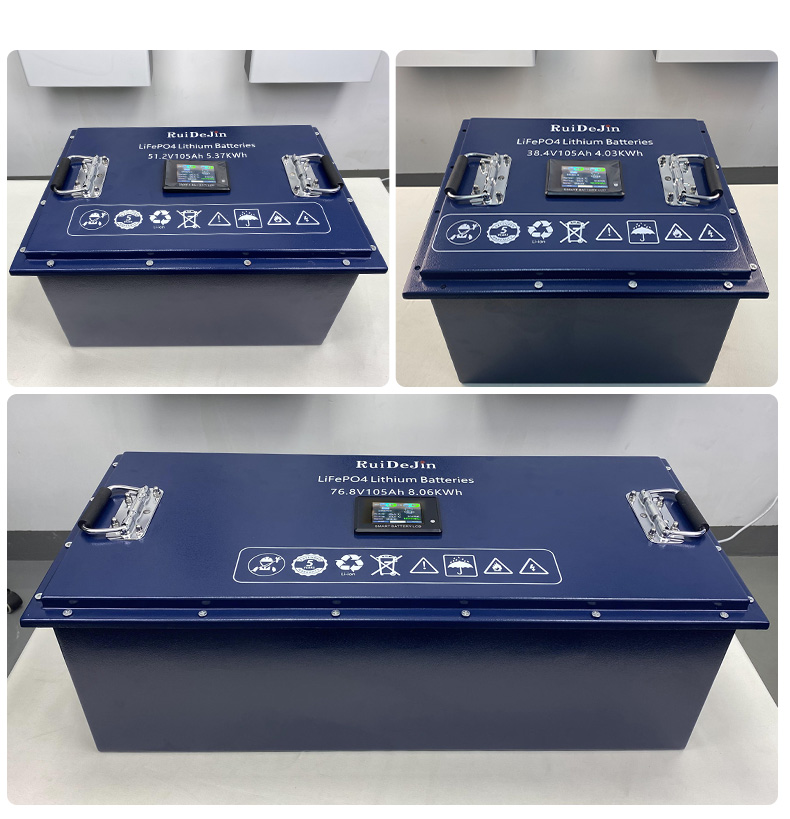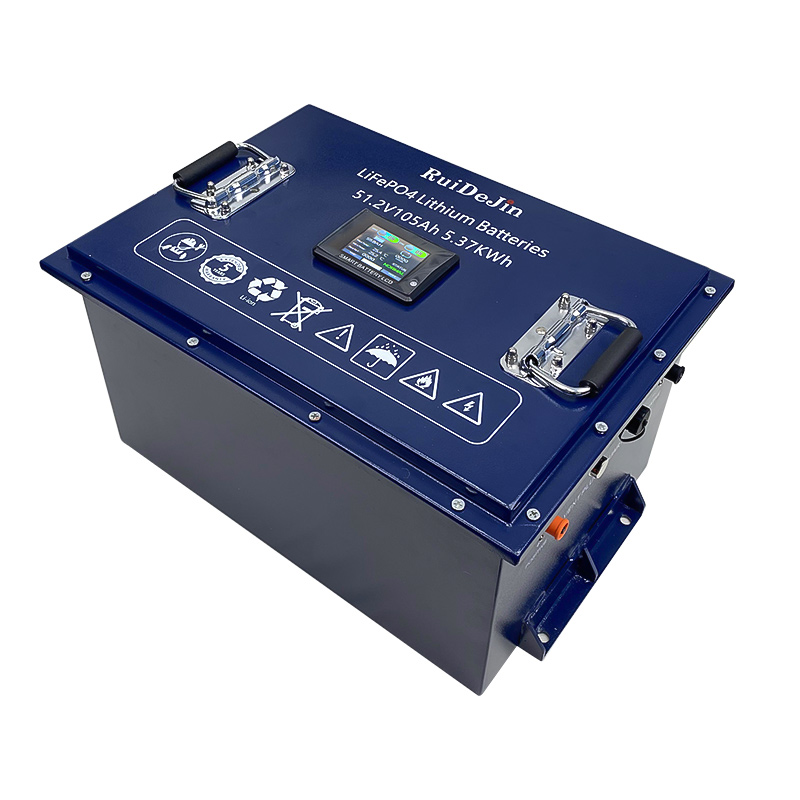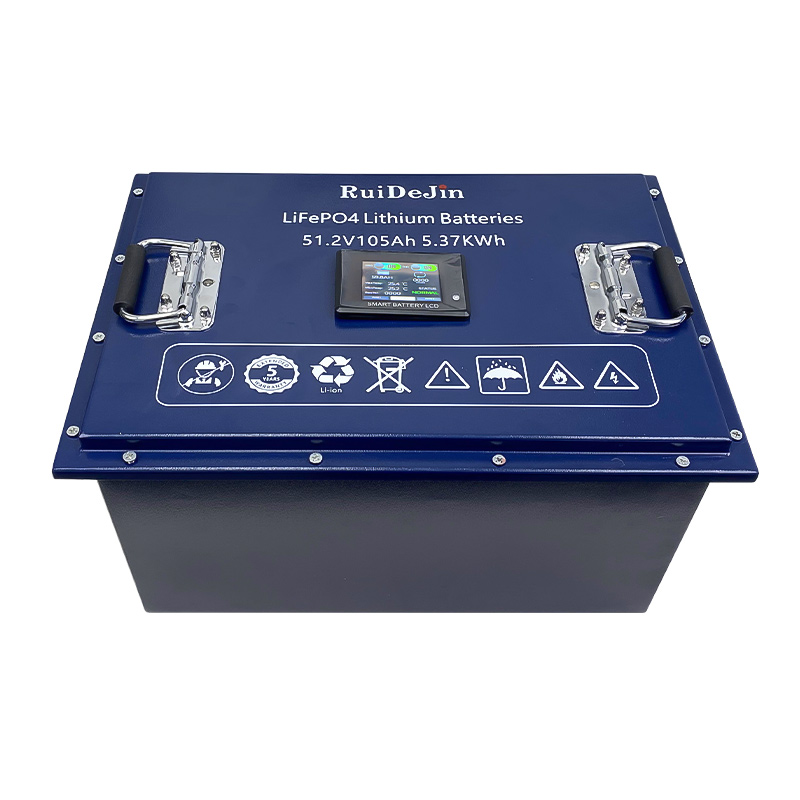In-Depth Analysis of Electric Golf Cart Market Drivers The growth of the electric golf cart market is driven by multiple factors covering technical, environmental, social, and economic aspects. The following is an in-depth analysis of the driving factors of the electric golf cart market: Increased environmental awareness: With the increase in global environmental awareness, electric golf carts have attracted much attention as a zero-emission means of transportation. Course managers and golfers are increasingly focused on reducing their impact on the environment, and choosing electric vehicles can help reduce exhaust emissions and noise pollution. Government support and regulatory promotion: Many countries and regions have introduced policies and regulations to encourage the use of electric vehicles, such as providing tax incentives, car purchase subsidies, and building charging infrastructure. These measures have helped promote the development of the electric golf cart market. Technological innovation: With the continuous advancement of battery technology and electric drive technology, the cruising range, charging speed and performance of electric golf carts are constantly improving, making such vehicles more practical and reliable. Improved efficiency of course management: Electric golf carts can improve the efficiency of course management. Players can move to the next hole faster, reduce playing time, and increase the turnover rate of the course. This is a powerful tool for the commercial operation of the course. promoting factors. Social trends: Electric golf carts also fit the trend of social entertainment. Golfers can more easily communicate with other golfers when using such vehicles, improving the overall social experience, which has a positive effect on promoting the popularity of golf. Improved golfer experience: The comfort and portability of electric golf carts improve the golfer’s gaming experience, making golf more attractive, especially for golfers who don’t want to walk too far. Market competition and price decline: As market competition intensifies, the price of electric golf carts gradually decreases, allowing more courses and golfers to afford this environmentally friendly means of transportation, thus promoting the expansion of the market size. A detailed study of the future technology development trends of electric golf carts The future technology development trends of electric golf carts will involve multiple aspects to improve performance, safety, intelligence and sustainability. Here are some possible directions for development: Efficient energy management systems: Future electric golf carts will use more advanced energy management systems to maximize battery usage efficiency. This could include smarter battery charge and discharge controls, energy recovery technology and more efficient motor designs. Advanced battery technology: With the continuous innovation of battery technology, future electric golf carts may use lighter and higher energy density batteries. Developments in solid-state battery technology may offer greater safety, longer range and shorter charging times. Intelligent driving assistance system: Introduce advanced intelligent driving assistance system, including automatic driving, automatic parking and obstacle avoidance technology, to improve driving safety and convenience. These systems allow golf carts to more intelligently navigate the course, avoid collisions, and provide a higher level of automation. Biometric technology: Considering the special environment of golf courses, future electric golf carts may use biometric technology, such as fingerprint recognition or facial recognition, to ensure that only authorized users can use the vehicle. Intelligent interconnection and entertainment systems: Electric golf carts may integrate advanced interconnection and entertainment systems to provide golfers with real-time data, course information, weather forecasts and other services. In addition, music, video and other entertainment functions can be provided through the in-car entertainment system to enhance the stadium experience. Lightweight materials and structural design: Use lightweight materials such as carbon fiber, aluminum alloy, etc. to reduce vehicle weight and improve energy efficiency and battery life. The lightweight design also helps reduce pressure on the court turf and reduces environmental impact. Renewable Energy Integration: Integrate renewable energy sources, such as solar charging panels, to provide additional sources of power, reduce dependence on the grid and enhance the sustainability of electric golf carts. Customization and personalized design: Provide more customization and personalization options, allowing golfers to adjust parameters such as seats, storage space, and body height according to personal preferences and needs. Detailed Analysis of Electric Golf Cart Market Restraining Factors The electric golf cart market faces several restraining factors that may impact its growth and popularity. Here is some detailed analysis: Cost: The acquisition cost of electric golf carts is still higher relative to traditional fuel golf carts, which may limit adoption by some courses and golfers. While costs are likely to come down as technology improves, pricing remains a challenge for now. Insufficient Charging Infrastructure: Electric golf carts require charging infrastructure support, including on-course charging stations. In some areas, charging infrastructure may be inadequate, which may limit the range of use of electric golf carts. Range Anxiety: Some golfers may be concerned about the range of electric golf carts, especially on large courses or events where the cart may be used for extended periods of time. Even though battery life continues to improve, battery life anxiety remains a psychological barrier. Technical standardization: The current electric golf cart market lacks unified technical standards, which may lead to compatibility issues between different brands and models of electric golf carts. The lack of standardization may make course management more difficult. Weight and Turf Damage: Some electric golf carts can be relatively heavy, which can cause additional damage to the course’s turf, especially on wet or fragile terrain. This is a potential problem for course maintenance. Battery recycling and environmental issues: The manufacturing and recycling of batteries involves the handling of hazardous materials, which raises some environmental issues. Effective battery recycling systems are not yet widespread globally, leaving some courses potentially facing challenges with battery waste disposal. Adaptation period: Some golfers and courses may have a certain adaptation period to accept new technologies. Traditional fuel-powered golf carts have been used on golf courses for a long time, so it will take some time to get courses and golfers to switch to electric golf carts. Market Awareness: Market awareness of electric golf carts may be relatively low. Course managers and golfers may need more outreach and education to understand the benefits and uses of this new form of transportation. Major global electric golf cart manufacturers According to DIResaerch research statistics, the major global electric golf cart manufacturers include Motocaddy, CLUB CAR, PowaKaddy, MGI Golf, CaddyTrek, Foresight Sports, and Stewart Golf. Among them, the world’s top three manufacturers account for more than 40% of the global market share. Current situation analysis and future forecast of the global electric golf cart market size. According to DIResaerch research statistics, the global electric golf cart market size is showing a steady expansion trend. In 2023, the global electric golf cart market sales will reach 1.04 billion yuan. , is expected to reach 1.46 billion yuan in 2030, with a compound growth rate (CAGR) of 4.97% from 2023 to 2030. Data source: DIResaerch research and compilation, 2023 global electric golf cart market segment research and downstream application analysis. According to DIResaerch research statistics, electric golf carts are mainly subdivided into lithium batteries and lead-acid batteries. . Among them, lithium battery electric golf carts occupy a major market position, accounting for more than 95% of the global market share in 2023. Lithium batteries: Lithium batteries are relatively lightweight and have high energy density, which makes electric golf carts lighter and helps improve range. Lithium batteries generally have a longer life and are able to provide more charge and discharge cycles, which can help extend the life of your electric golf cart. Lithium batteries generally have shorter charging times and are more efficient than lead-acid batteries. Lead-Acid Batteries: Lead-acid batteries are relatively low-cost, making electric golf carts more affordable to purchase. Lead-acid batteries are a relatively mature technology, widely available on the market, and relatively simple to maintain and manage. Lead-acid batteries operate in a wide temperature range and are suitable for use in different climate conditions. Analyzing from the downstream application level, electric golf carts are mainly used online and offline. Among them, offline channel sales occupy a major market position.
Post time: Jan-09-2024



